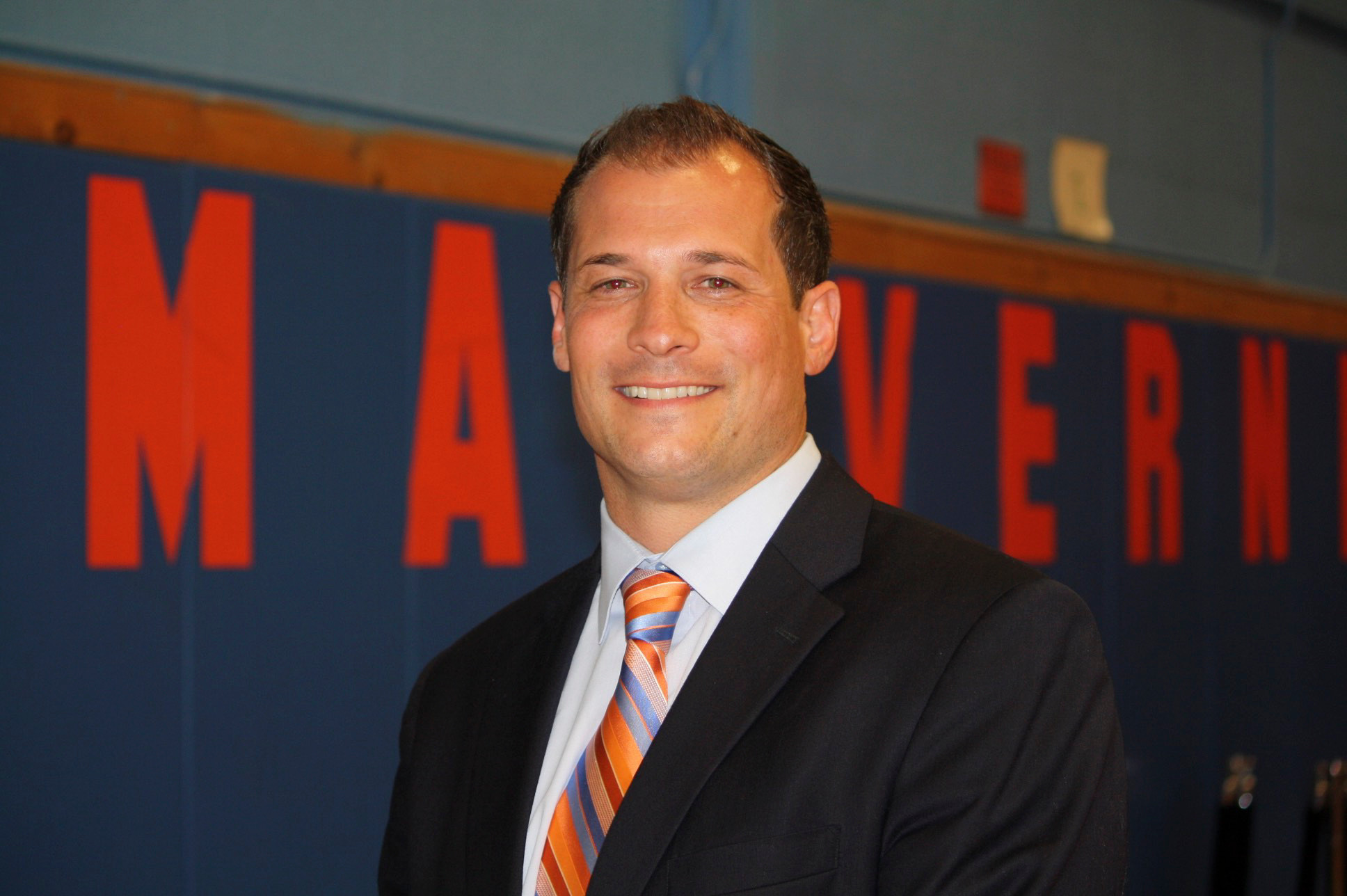Why Malverne High School students do well
“Schools That Succeed: How Educators Marshal the Power of Systems for Improvement”
Malverne High School is one of the schools profiled in a recently published book showcasing institutions that are thriving with large populations of students of color.
The book, “Schools That Succeed: How Educators Marshal the Power of Systems for Improvement,” devotes its second chapter to examining positive changes at Malverne High that have led to increased graduation rates, greater participation in Advanced Placement courses and strong extracurricular involvement, among others. The book — by Karin Chenoweth, an education writer for the Huffington Post and the Education Trust, a national education advocacy organization — was released this month by Harvard Education Press.
Chenoweth has been examining successful schools with large populations of students of color since 2004, when the Education Trust asked her to investigate the topic.
“I looked at data, the graduation rates, the advanced designations, and I found scores that were worthy of study, in my opinion,” said Chenoweth, who added that the data’s change over time was fascinating. “If you go back and look at graduation rates, for example, at a certain point, graduation rates were under 50 percent, and now they’re above 90 percent. That, to me, was interesting.”
One standout characteristic of Malverne High is how the school develops close relationships with students, and then makes succeeding part of a “family mission,” according to Superintendent Dr. James Hunderfund. He credits Dr. Vincent Romano, the school’s principal, and his staff with the school’s stellar results. “We don’t want to be just OK,” Hunderfund said. “We want to be great.”
Romano emphasized that the school owes its success to a well-coordinated effort among teachers, administrators and counselors, which is documented in Chenoweth’s book. “You can’t do this as an individual teacher or as a principal,” Romano said. “You have to do it together. So we have a lot of programs that emphasize that.”
Among the school’s many accomplishments are a dramatic improvement in student achievement in Advanced Placement courses. “From 2012 to 2016, we had a 53 percent increase in students scoring 3 or higher on the A.P. exams,” Romano said. “We had a 41 percent increase in enrollment in A.P. classes and a 71 percent increase in students taking the A.P. exams.”
Romano also mentioned some of the programs that help Malverne students get more out of their education and give them pride in being an integral part of the school. They include a Homework Center, where several teachers assist students in the library after school; a Peer Mentoring program, in which upperclassmen meet with ninth- and 10th-graders; and SAT classes in the fall and spring.
Chenoweth said she was impressed with the school’s coordination between academics and extracurricular activities. The teachers, she said, coordinate schedules so students don’t have to choose between academics and clubs. “I told my daughter this, and she said, ‘In my entire life, I never had that,’” Chenoweth said. “It’s an extraordinary commitment to the kids.”
Romano said that the district also examines how middle school students are faring, in an effort to head off potential problems before they reach the high school.
For instance, a few years ago, when high school administrators were dealing with conflicts among female students, they established a club called GIRLS — for Growing Into Respectable Leaders — to help prevent fights.
“We do a tremendous amount of things for our students,” Romano said. “There is no magic bullet.”

 47.0°,
Mostly Cloudy
47.0°,
Mostly Cloudy 





